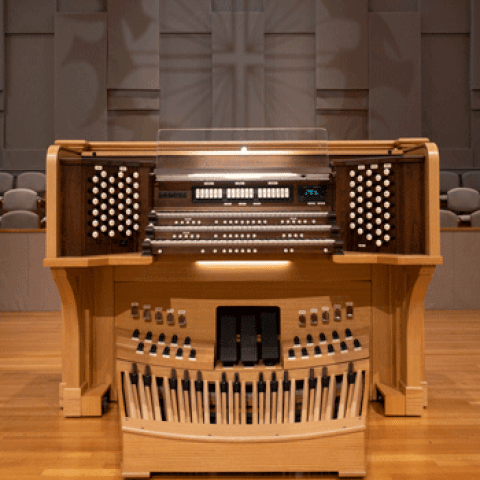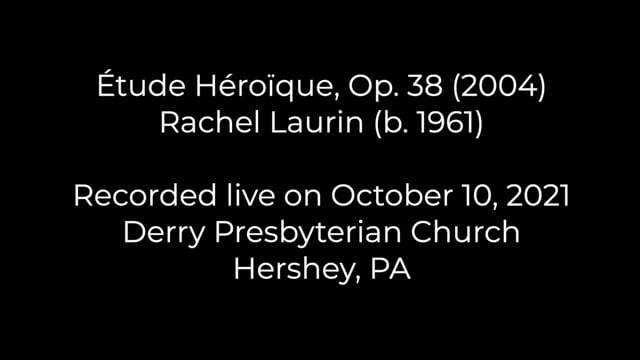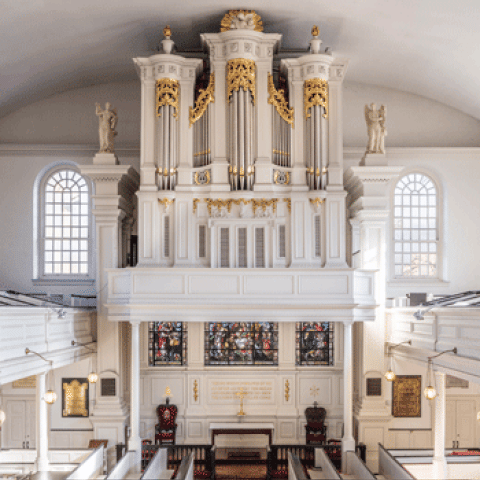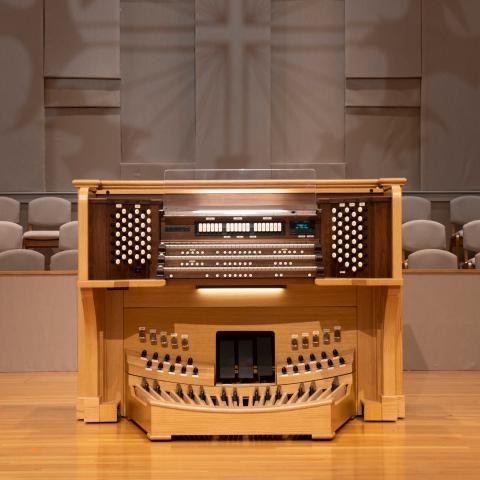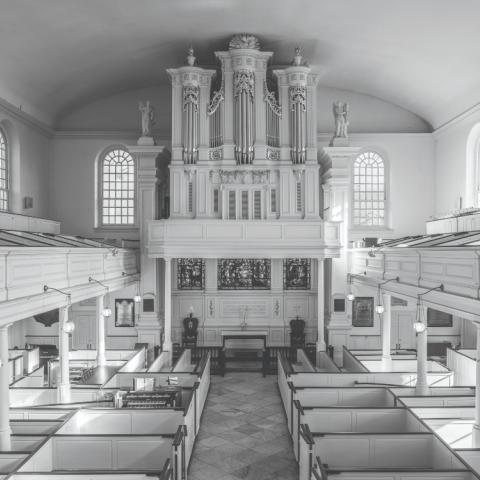
A. Thompson-Allen Company, LLC, New Haven, Connecticut, has restored Skinner Organ Company Opus 736 at Blessed Sacrament Catholic Church, Worcester, Massachusetts: three manuals and pedal, 23 stops, 26 ranks, 1,696 pipes.
The entire organ was removed to the company’s shop for the full restoration, during which repairs were made to the church, including windows, roof, tower, and organ chamber.
The organ is featured on the cover of the May issue of The Diapason.
For information: http://www.thompson-allen.com/


